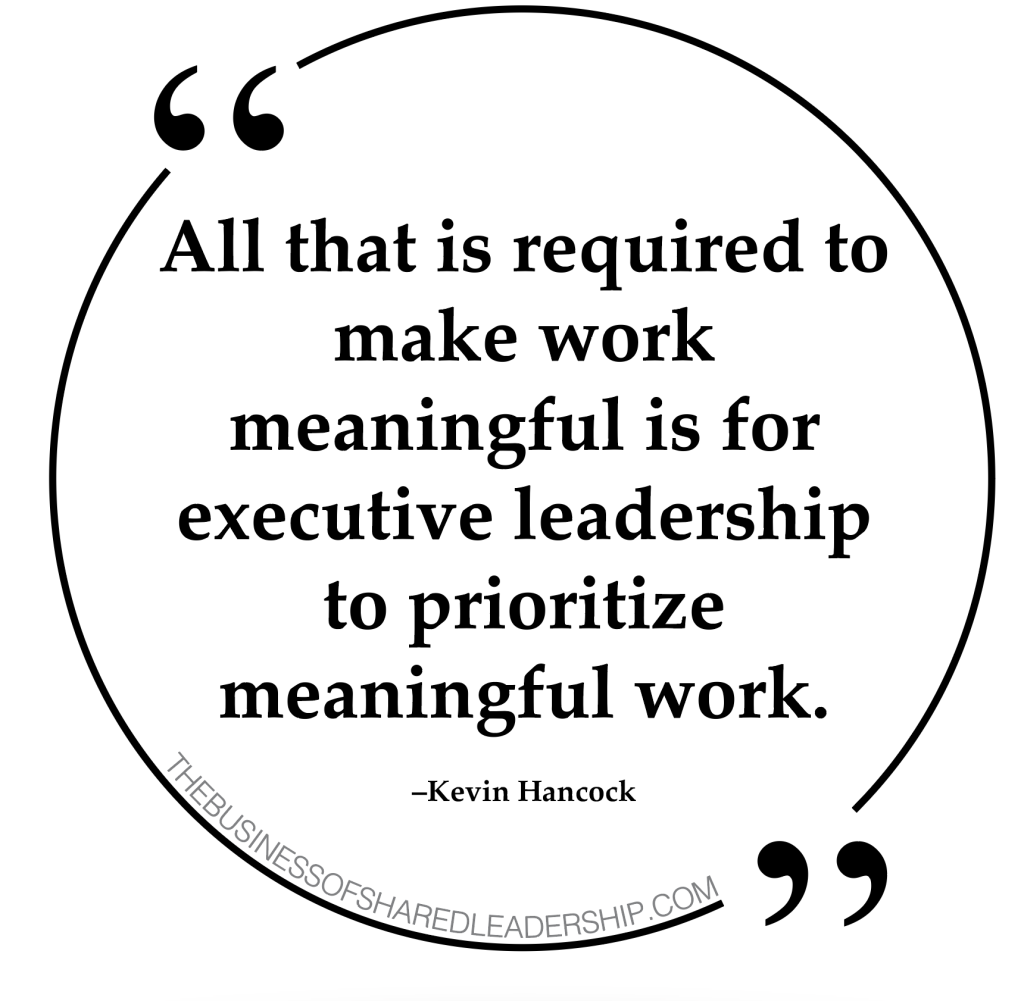The data is in from Gallup’s 2024 Global Workplace Survey, and once again, it’s not good.
Only 33 percent of American workers describe their work experience as deeply meaningful or engaging. Globally, the data gets worse: Only 23 percent of humanity’s 3 billion workers find their job engaging.
Approximately 160 million Americans work, and 67 percent of them describe themselves as “unengaged.” That’s more than 107 million people in our country who feel that way. Additionally, 17 percent of all US workers describe themselves as “actively disengaged.” That’s 22 million workers.
Gallup estimates the global cost of disengagement at work as 9 percent of the world’s GDP. Global GDP is about $100 trillion, so the lost opportunity cost is around $9 trillion. That’s a 9, followed by 12 zeros. This could feed a lot of people, provide a lot of housing, and solve a lot of problems.
And what about the human cost? What’s the human impact of decades of unengaging work for 107 million Americans? And for many, it’s worse than just unengaging. According to Gallup’s 2024 survey, 41 percent of all US workers report experiencing “a lot of stress at work.” So now we are talking about unengaging and stressful work. That’s not okay. And it’s not necessary.

Only one change is required to transform work from meaningless to meaningful, and that is business leadership focus.
Most organizations Gallup studied did not start out with high levels of engagement. Becoming a highly engaged organization was an intentional effort of leadership over the course of several years. These corporate leaders integrated engagement into every stage of their employee and manager life cycle. All that is required to make work meaningful is for executive leadership to prioritize meaningful work. That’s it. Literally—all you have to do is try.
Hancock Lumber, like all other Best Places to Work companies, has made the employee experience a consistent top priority. In our case, it’s our #1 priority.
The real mission of this company is to enhance the lives of the people who work here—to make a meaningful contribution to the quality of their lives.
—Kevin Hancock
Prioritizing the employee experience is the goal, in and of itself. And it has the added benefit of dramatically improving corporate performance overall. Through decades of workplace research, Gallup knows:
- The #1 driver of sustained corporate success is customer engagement.
- The #1 driver of customer engagement is employee engagement.
- And the #1 driver of employee engagement is managers who are focused on the well-being of their employees.
It’s literally that simple. Yet most employees don’t experience meaningful work because most corporate leaders don’t make it their consistent first priority. Companies and their leaders get whatever they consistently prioritize. As I have become fond of saying when it comes to workplace engagement:
All you have to do is try.